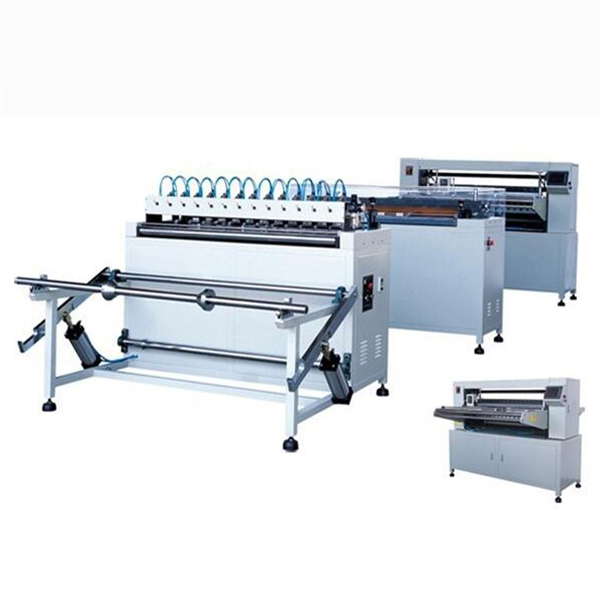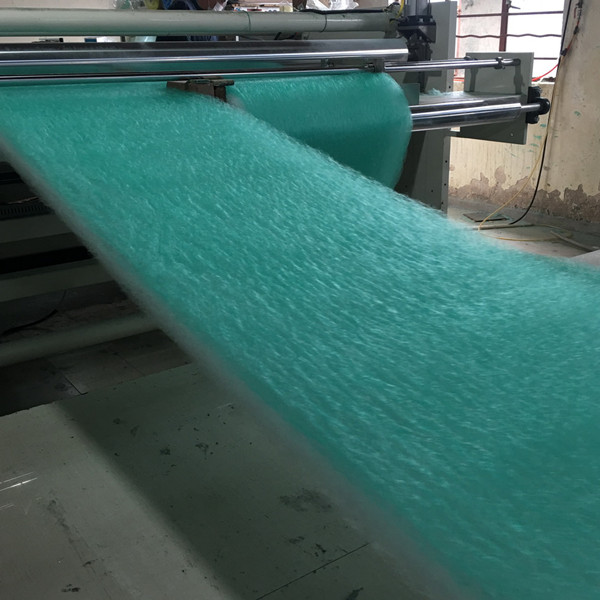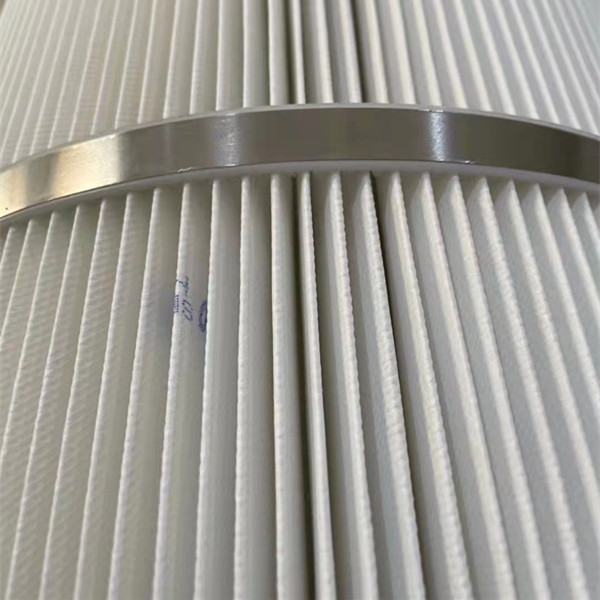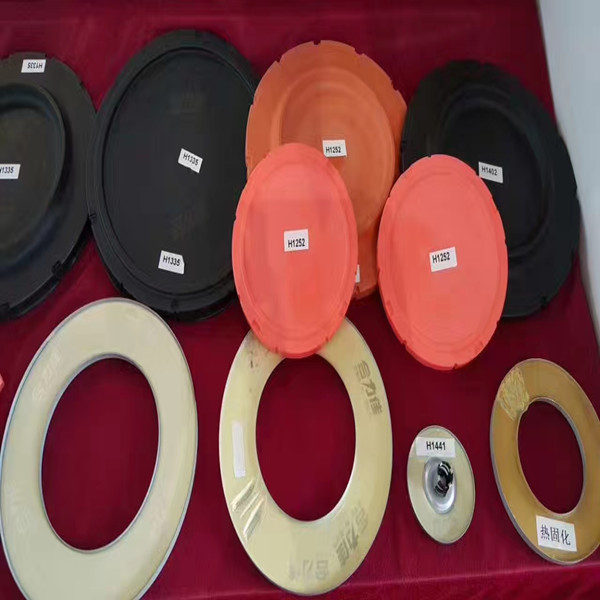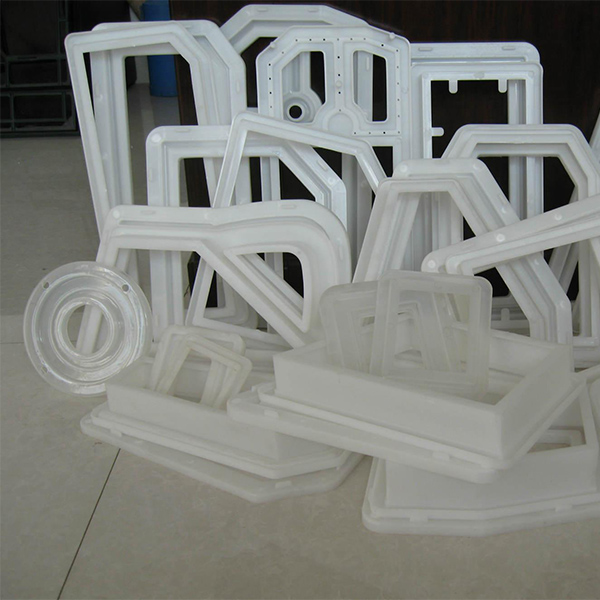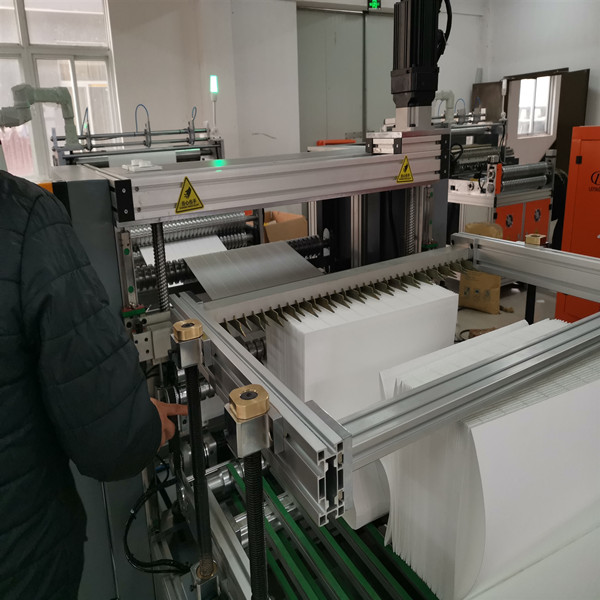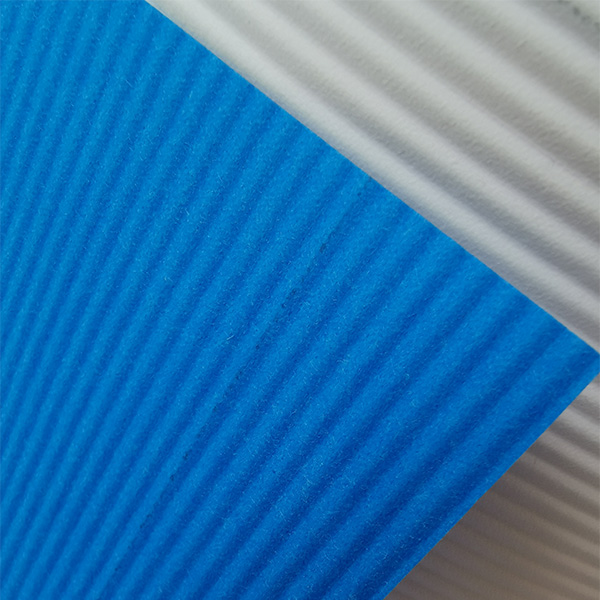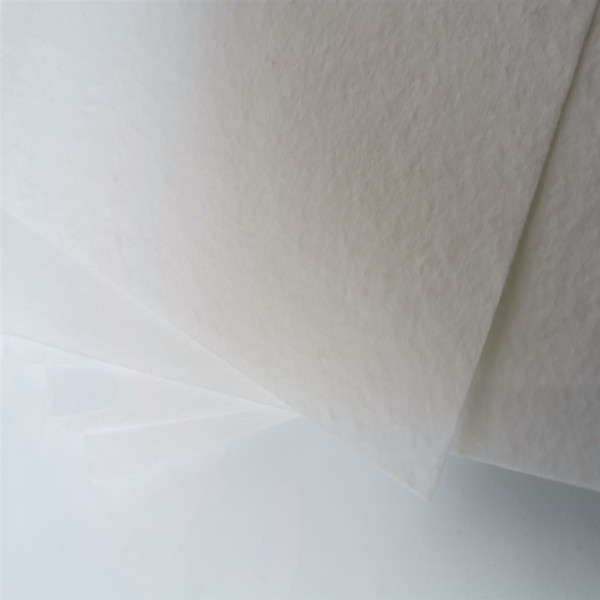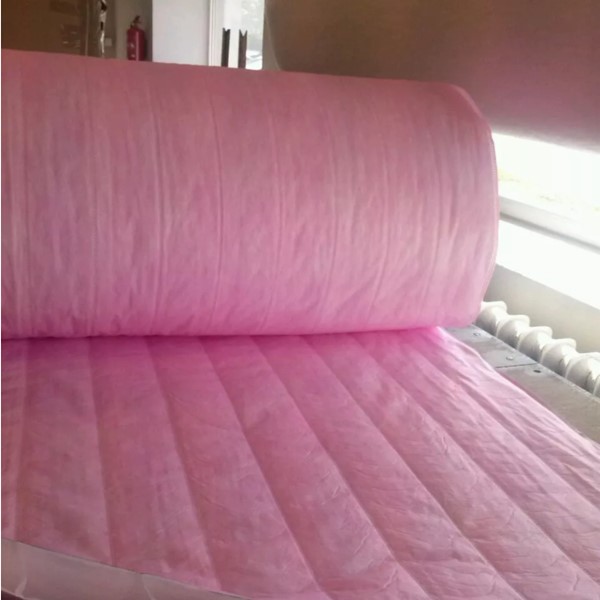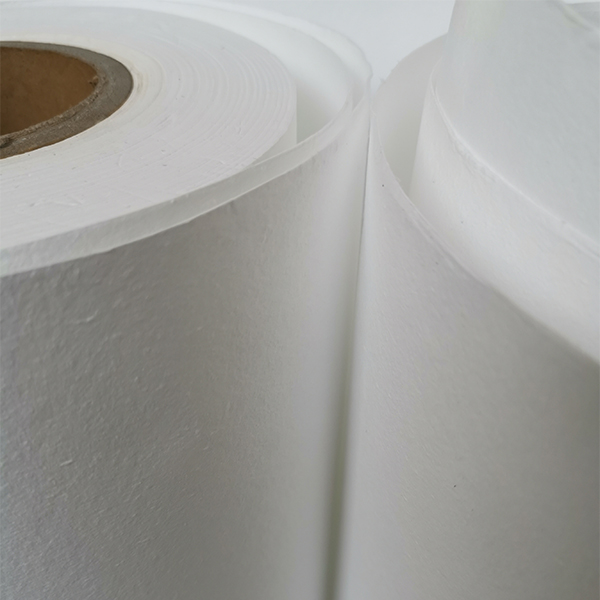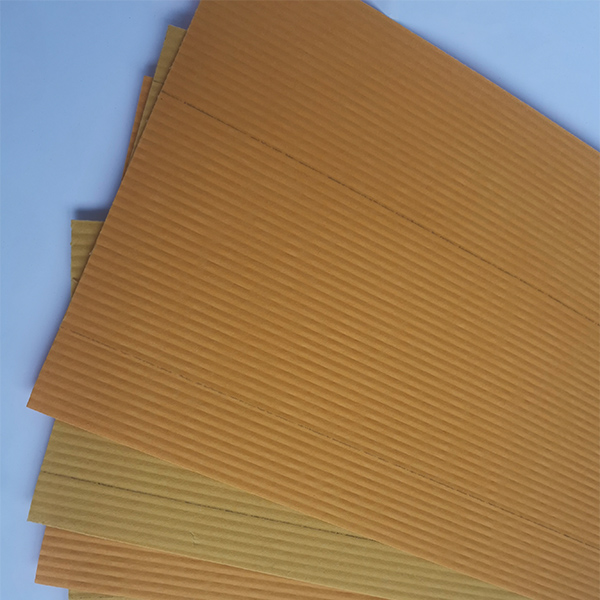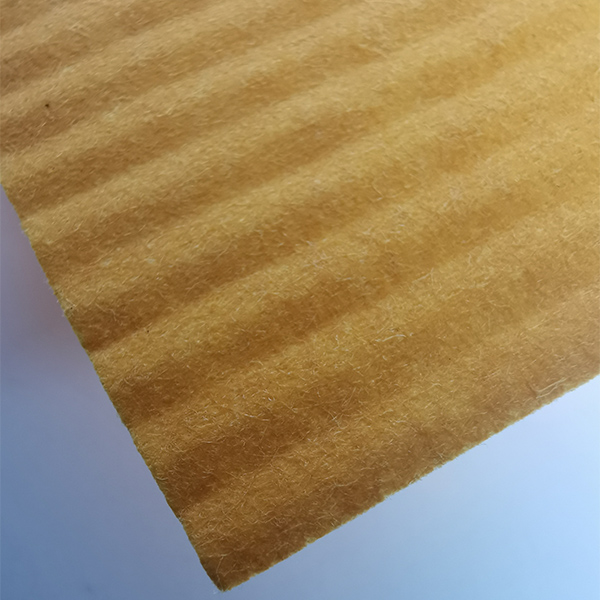End Cap Filter buying guide: specs, trends, and what actually matters
If you’ve ever had a filter element fail at the seam where media meets the cap, you know the pain. I’ve seen it on oil lines at 2 a.m., and frankly, it’s always the 5-cent detail that turns into a five-figure headache. Filter Caps—the humble sealing hardware at the ends—do the quiet work of keeping media bonded, straight, and leak-free. Lately, demand is shifting toward higher-heat plastics, smarter bonding, and tighter tolerances for automated assembly. To be honest, it’s overdue.

What’s in demand right now
- Heat-resistant plastics (nylon blends) for under-hood and hydraulic returns
- Stainless caps for aggressive chemistries and food-contact lines
- Consistent cap-to-core fit for robotic stacking and crimping
- Lower VOC bonding (PU or hot-melt systems) and traceability marks
Quick spec snapshot (real-world use may vary)
| Material options | PP, ABS, Nylon (PA6/PA66), Stainless 304/316 |
| Temperature limits | PP ≈ 100–120°C; Nylon ≈ 140–160°C; 304/316 ≈ 260°C+ |
| Diameter range | ≈ 20–180 mm (custom molds larger/smaller) |
| Designs | Open/closed, threaded, sealed, crimp-ready, with/without grommet |
| Manufacturing | Injection molded (plastics) or stamped/deep-drawn (metal) |
| Tolerances | Typically ±0.15–0.30 mm on critical diameters |
| Bonding to media | PU potting, epoxy, or hot-melt; surface-treated for adhesion |
| Standards (typ.) | ISO 2942 (fabrication integrity), ISO 16889 (multi-pass), ISO 2943 (compatibility) |
Process flow, testing, and life
Materials are selected (PP/ABS/Nylon/stainless), then caps are injection molded or stamped, deburred, and post-processed (plasma or corona pre-treatment for better glue wetting). Bonding to pleated media uses PU or epoxy under controlled humidity. Routine QA: dimensional CMM checks, pull-off/peel adhesion, burst/pressure cycling, and fluid compatibility per ISO 2943. In many shops, sample elements also run ISO 16889 to confirm no end-cap bypass. Typical service life: 6–24 months in air/oil-water systems, ≈2,000–10,000 hours in hydraulic return lines, assuming clean installation and spec-grade adhesives. Honestly, contamination control during potting matters as much as resin choice.
Where a End Cap Filter shines
- Automotive (oil, fuel, urea/DEF), heavy-duty engines, HVAC, compressors
- Water treatment skids, food/beverage (316 caps), agriculture, power-gen
- High-vibration frames where cap-core concentricity keeps seals seated
Many customers say nylon caps hold shape better near turbo heat shields, while PP wins for cost in room-temp housings. Stainless is the no-drama option for CIP chemicals.
Case study (short and real-world-ish)
A North China compressor OEM was seeing media delam at 115°C. Switching to PA66 caps with a low-VOC PU pot—plus a 0.2 mm tighter inner diameter—cut failures to zero across 1,500 units. Surprisingly, the fix wasn’t just heat rating; it was cap fit and surface energy on the bonding face.
Vendors at a glance
| Vendor | Materials | MOQ | Lead time | Customization | Certs | Notes |
|---|---|---|---|---|---|---|
| Anya Filter Media (Hebei, China) | PP, ABS, Nylon, 304/316 | ≈ 1,000 pcs | 2–4 weeks | Open/closed/threaded; new molds | ISO-oriented QA | Factory address: No.580 Gongnong Road, Shijiazhuang 050000 |
| Regional Metal Stamper | Galv., 304/316 | ≈ 500 pcs | 3–5 weeks | Thick-gauge, deep-draw | Food-contact options | Strong for caustic lines |
| Injection Molder (Tier-2) | PP, ABS | ≈ 2,000 pcs | 4–6 weeks | Basic designs | General ISO 9001 | Cost-efficient for HVAC |
How to spec a End Cap Filter without overpaying
- Lock the max fluid temp, then pick PP/ABS/PA/SS accordingly.
- Define inner/outer diameters with ± tolerances and concentricity.
- State bonding method (PU/epoxy) and media type for compatibility per ISO 2943.
- Request adhesion and burst samples; ask for ISO 2942 integrity proof.
- If automating, ask for chamfer specs and cap flatness data.
References and standards
- ISO 2942: Hydraulic fluid power—Filter elements—Verification of fabrication integrity.
- ISO 16889: Hydraulic fluid power—Filters—Multi-pass method for evaluating filtration performance.
- ISO 2943: Hydraulic fluid power—Filter elements—Verification of material compatibility with fluids.
- ISO 3968: Hydraulic fluid power—Filters—Evaluation of pressure drop versus flow characteristics.
Post time: Oct-24-2025

